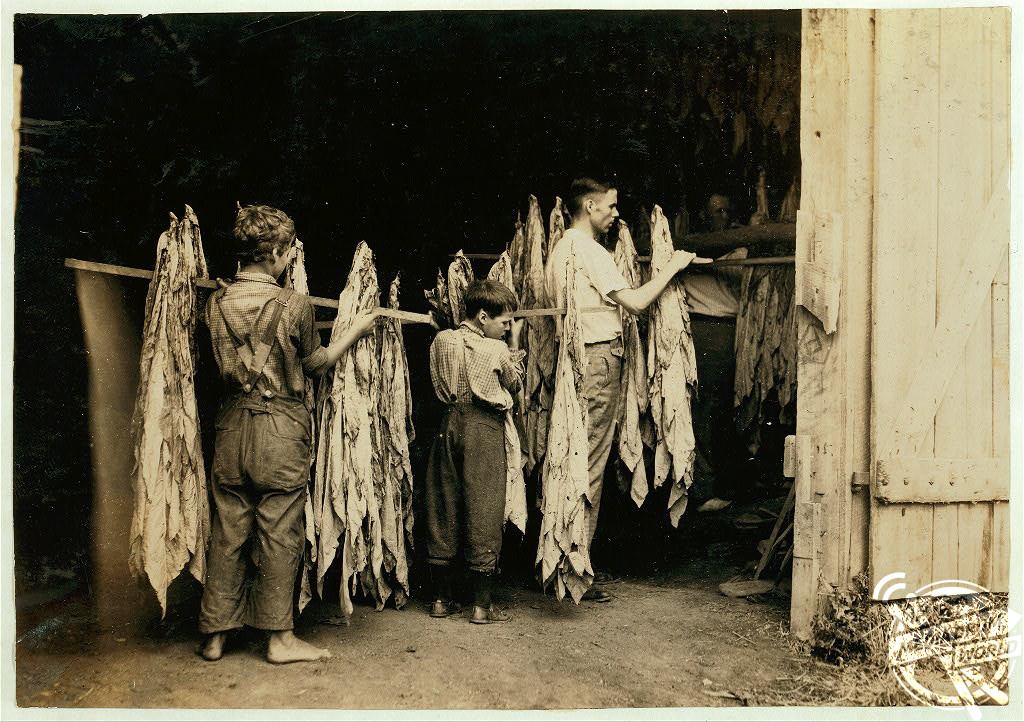By Mark McConville
INCREDIBLE images have revealed the last of the child labourers in America before it was outlawed as late as 1924.
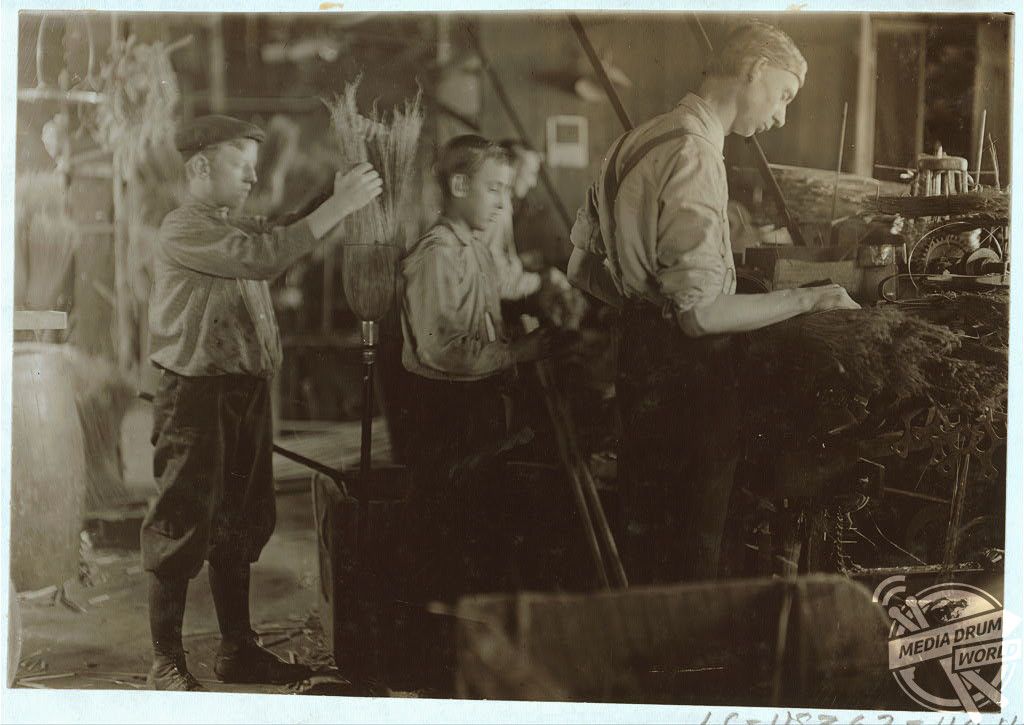
Candid pictures show young boys and girls operating machinery in cotton mills and glass works while others are shown toiling in the fields.
Some of the young boys pictured in one of the mills were so small they had to climb up on the spinning frame to mend the broken threads and put back the empty bobbins.
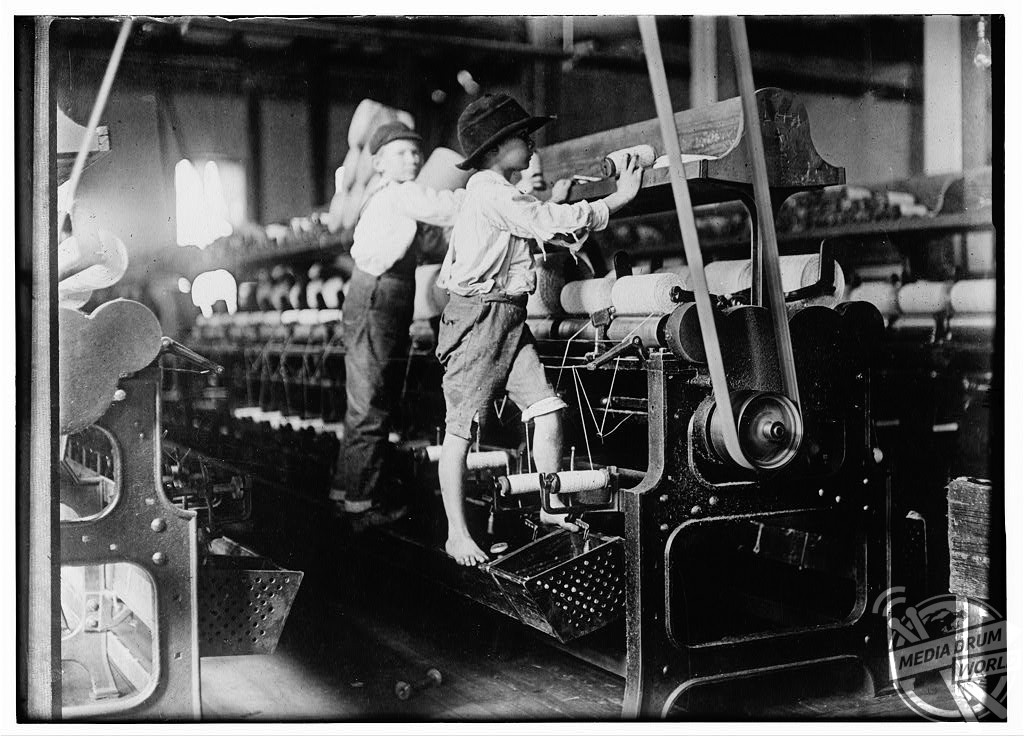
Other shocking shots show young cigar makers smoking as there was a slack in work and there wasn’t much for them to do.
The illuminating images were taken by Lewis W. Hine between 1908 and 1921 after he became the photographer for the National Child Labor Committee (NCLC).
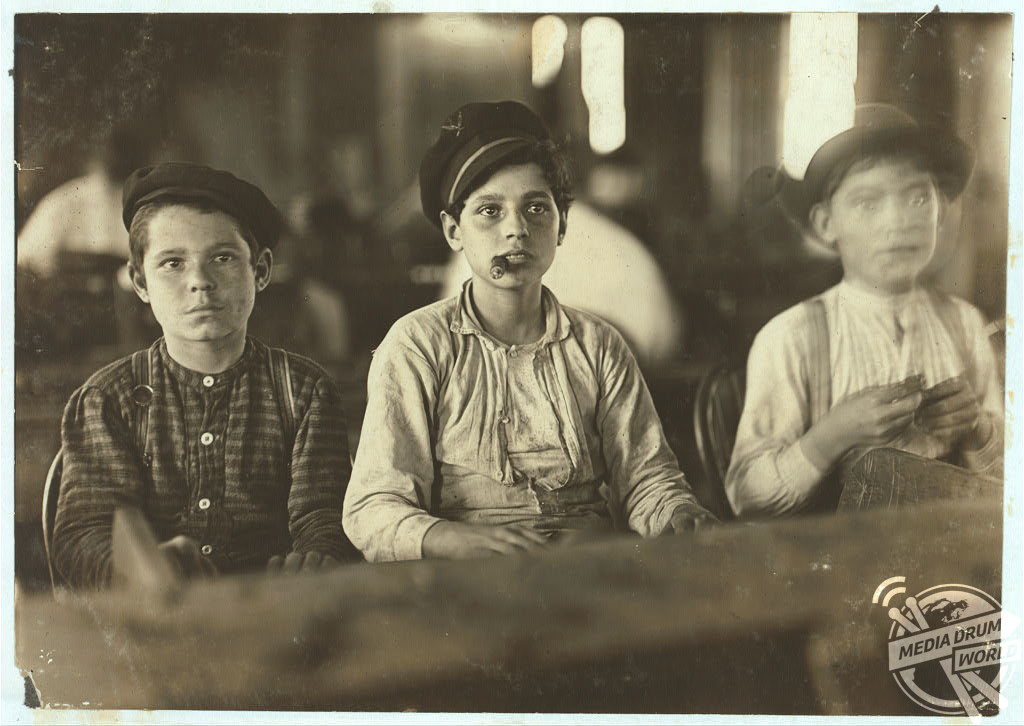
He used his camera as a tool for social reform and his photographs aided the NCLC’s lobbying efforts to end the practice of child labour.
Hine’s work for the NCLC was often dangerous. As a photographer, he was frequently threatened with violence or even death by factory police and foremen.
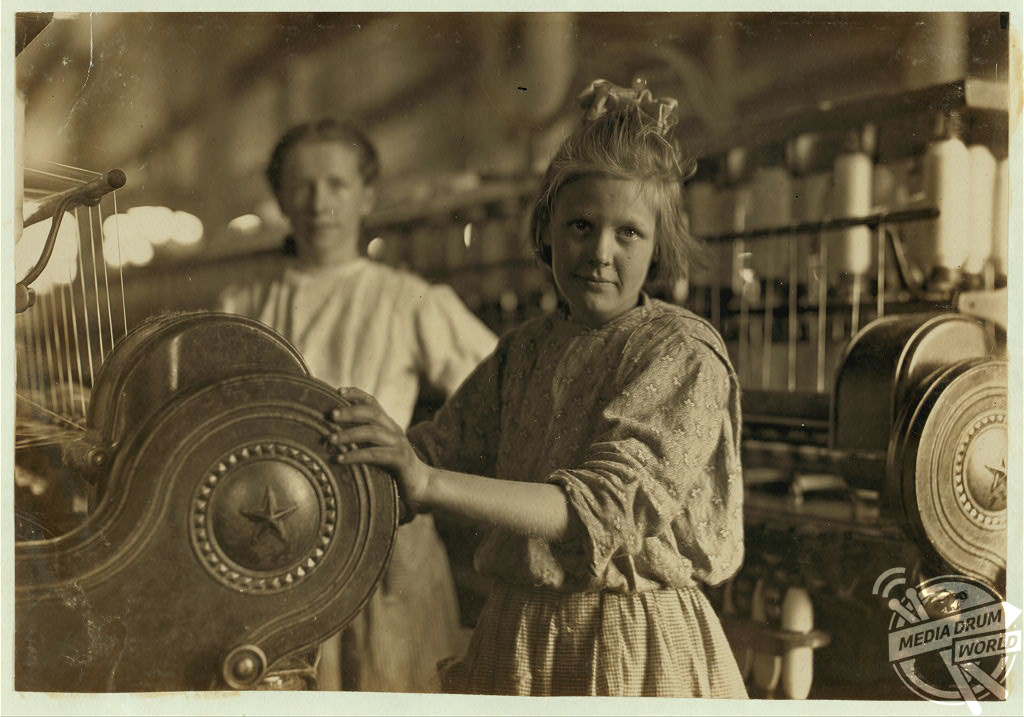
At the time, the immorality of child labour was meant to be hidden from the public. Photography was not only prohibited but also posed a serious threat to the industry.
To gain entry to the mills, mines and factories, Hine was forced to assume many guises. At times, he was a fire inspector, postcard vendor, bible salesman, or even an industrial photographer making a record of factory machinery.
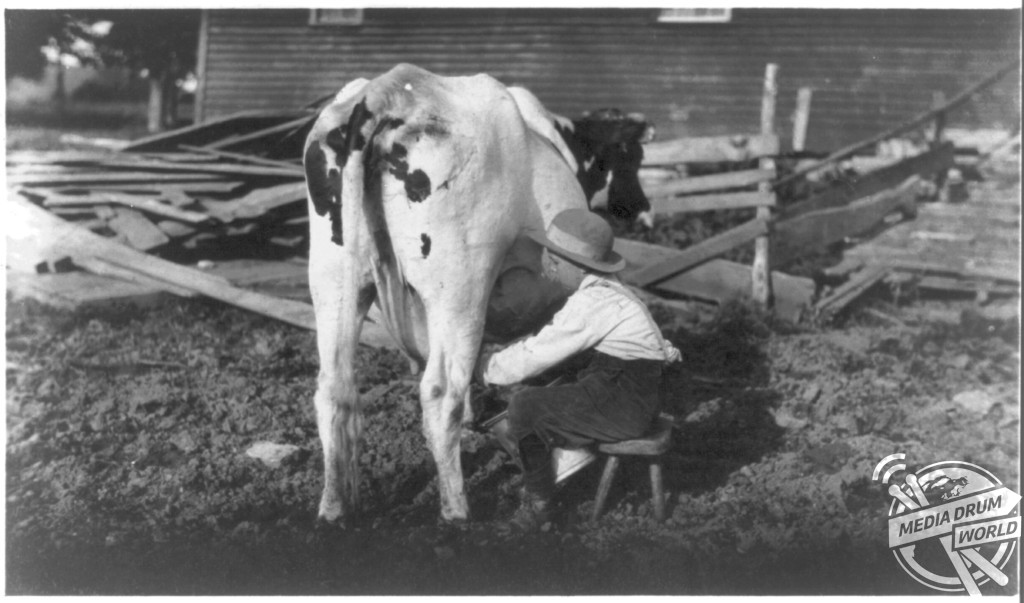
Child Labour didn’t end in America until 1938 when the Fair Labor Standards Act came into law.
The U.S. Congress passed two laws, in 1918 and 1922, but the Supreme Court declared both unconstitutional.
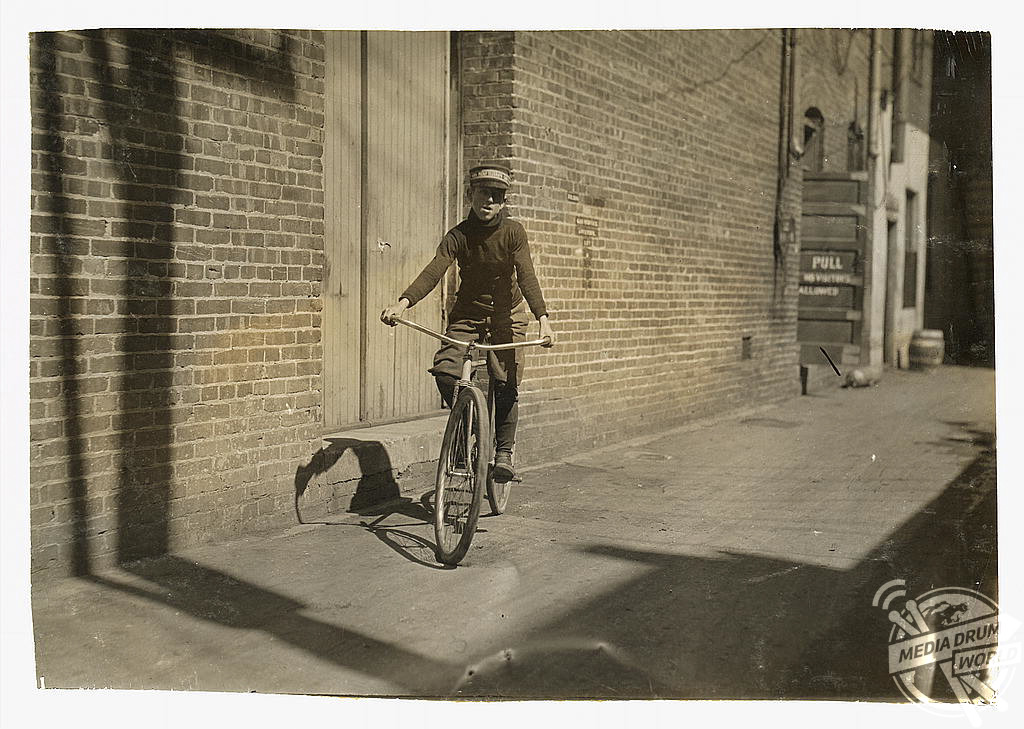
In 1924, Congress proposed a constitutional amendment prohibiting child labour, but the states did not ratify it.
The Fair Labor Standards Act rules that or non-agricultural jobs, children under 14 may not be employed, children between 14 and 16 may be employed in allowed occupations during limited hours, and children between 16 and 18 may be employed for unlimited hours in non-hazardous occupations.
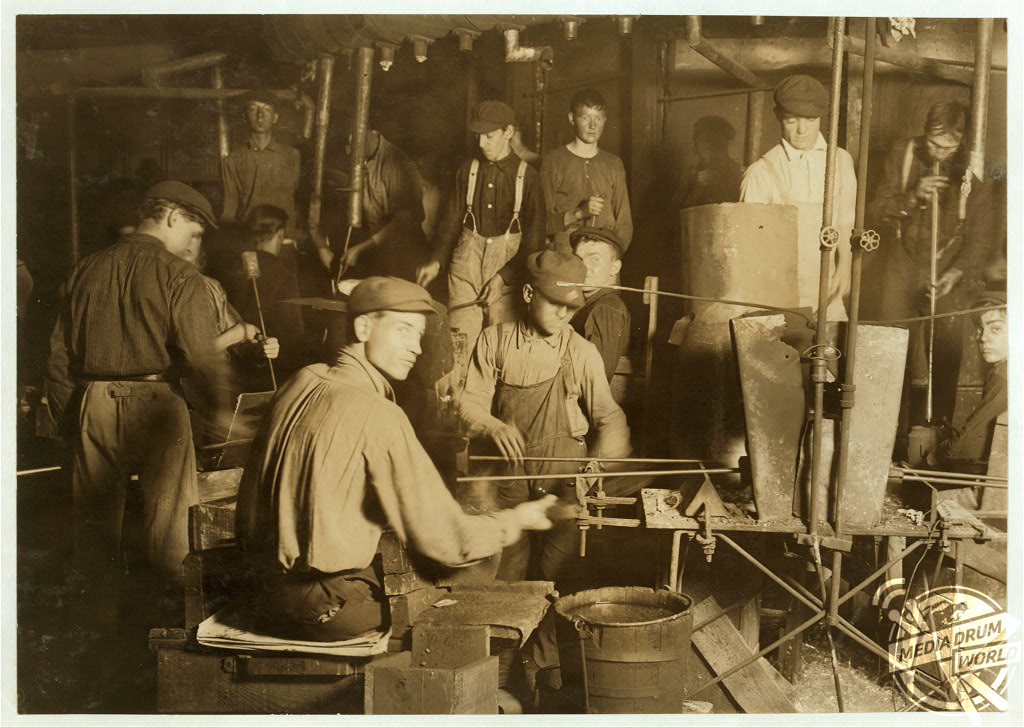
Several exceptions to these rules exist, such as for employment by parents, newspaper delivery, and child actors. The regulations for agricultural employment are generally less strict.

